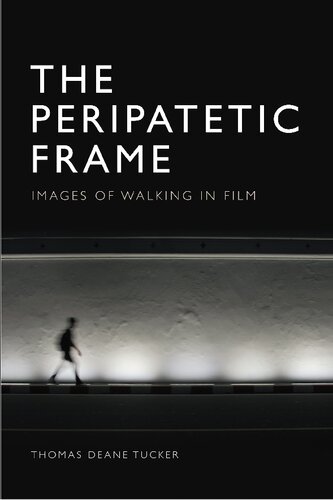

Most ebook files are in PDF format, so you can easily read them using various software such as Foxit Reader or directly on the Google Chrome browser.
Some ebook files are released by publishers in other formats such as .awz, .mobi, .epub, .fb2, etc. You may need to install specific software to read these formats on mobile/PC, such as Calibre.
Please read the tutorial at this link. https://ebooknice.com/page/post?id=faq
We offer FREE conversion to the popular formats you request; however, this may take some time. Therefore, right after payment, please email us, and we will try to provide the service as quickly as possible.
For some exceptional file formats or broken links (if any), please refrain from opening any disputes. Instead, email us first, and we will try to assist within a maximum of 6 hours.
EbookNice Team

Status:
Available0.0
0 reviewsFrom cinema’s earliest days, walking and filmmaking have been intrinsically linked. Technologically, culturally and aesthetically, the pioneers of cinema were not only interested in using the camera to scientifically study ambulatory motion, but were also keen to capture the speed and mobile culture of late 19th-century urban life.
Photographers such as Felix Nadar took their cameras into the Parisian streets and boulevards as mechanised flâneurs, ushering us into the age of the ‘mobilised virtual gaze’. But if photography could only embalm modernity in an instant of time, the cinema brought these instants to life again.
From Muybridge and Marey’s photographic studies of motion to Charlie Chaplin’s character ‘The Tramp’, and from the Steadicam to the police procedural, Thomas Deane Tucker explores the intertwined relationship between cinema and walking from its very first steps – breaking new ground in motion studies and providing a bold new perspective on film history.